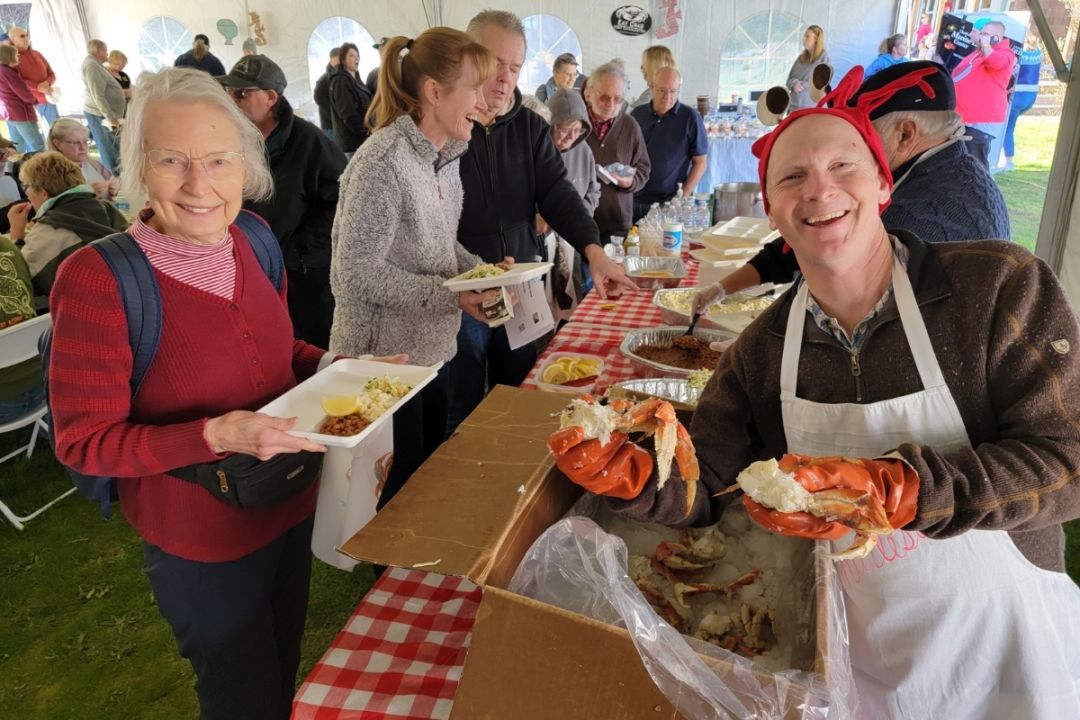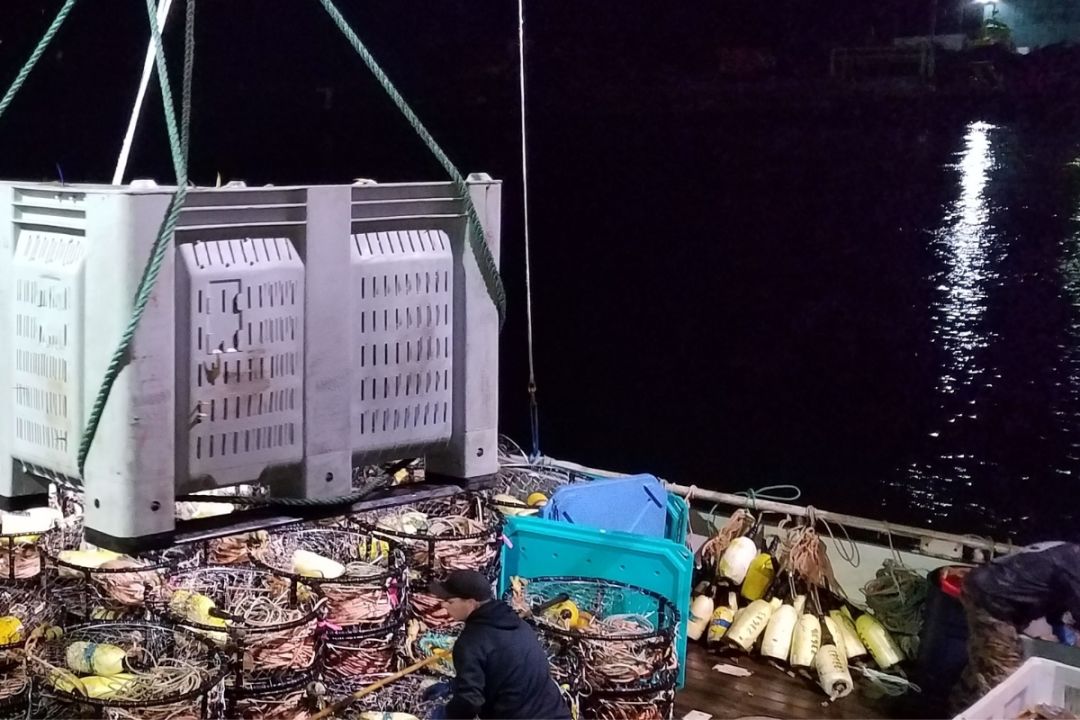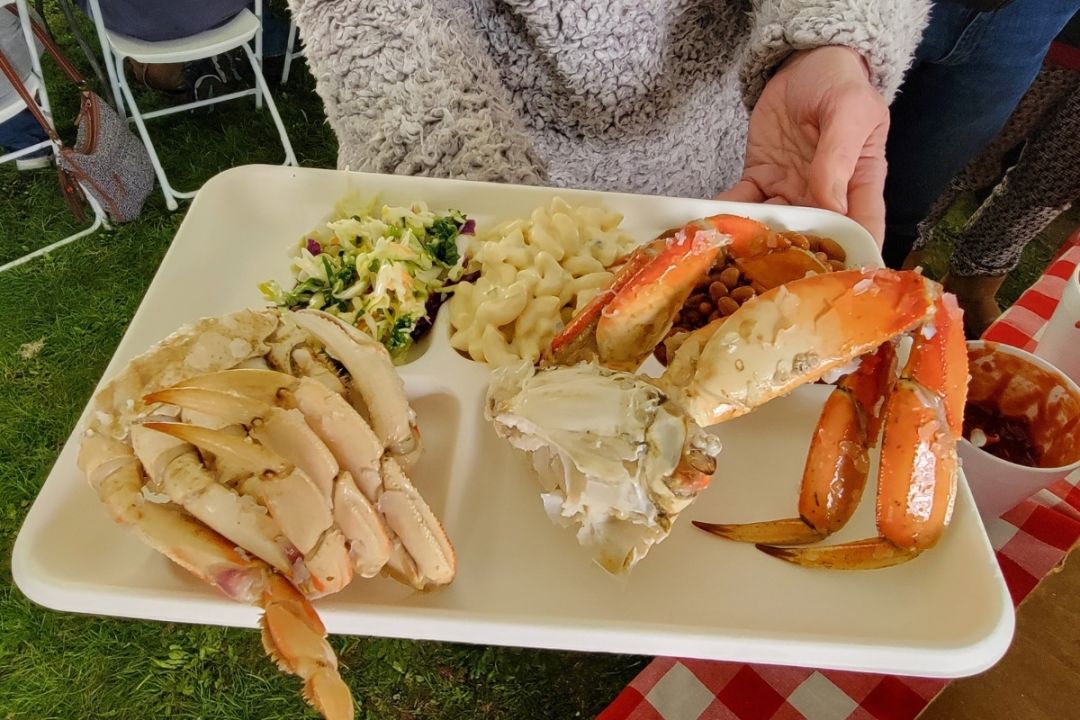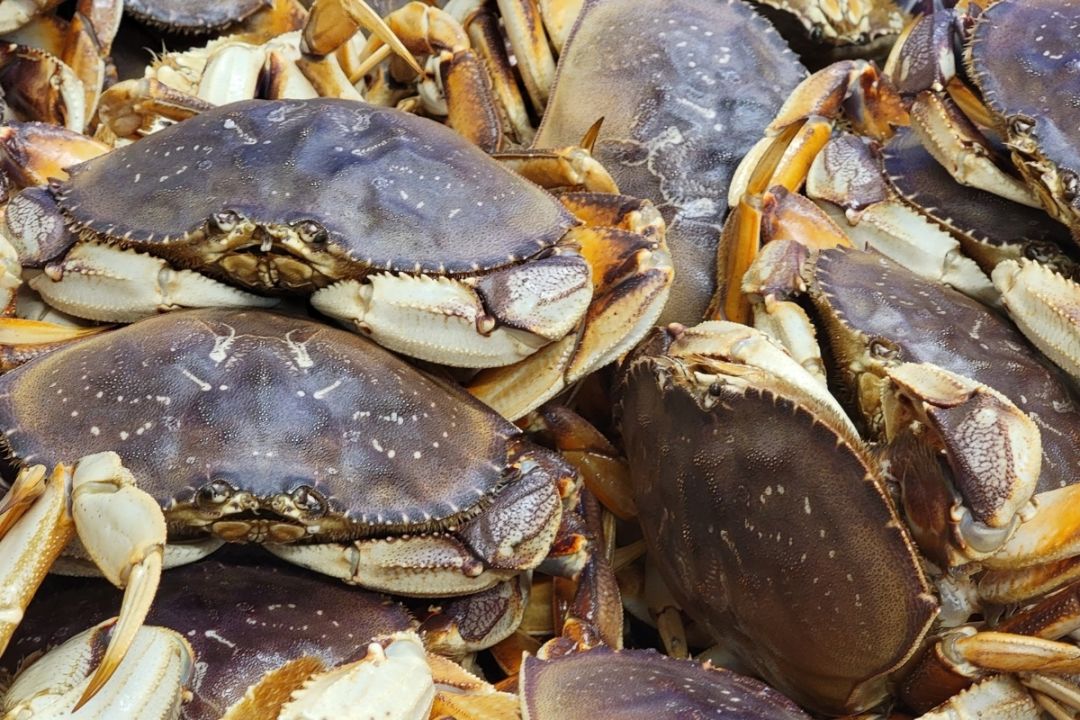Oregon Dungeness Crab Delivers a Bounty of Taste, Nutrition, and Economic Benefits

The Oregon Dungeness Crab earned that designation, officially, in 2009 after an inquisitive and plucky fourth-grade class from West Linn got the Oregon House of Representatives to pass a resolution.
What is it about this particular crustacean that helped capture the imagination of a group of school children, and then the seasoned group of state legislators?
A big part of it is that the commercial Oregon Dungeness Crab fishery is so much a part of our state’s history. And, the people who fish it and manage it have taken great strides to make sure it is built to last.
Commercially harvested along the Oregon Coast since the late 1800’s, the Oregon Dungeness crab fishery is well-managed and sustainable.
In addition to funding cutting-edge research to tackle issues surrounding our changing ocean environment, harvest methods in the Dungeness fishery are very targeted, resulting in little by catch mortality. In other words, they predominantly catch what they intend to catch.

Gear regulations are also designed with conservation in mind. State law requires that each crab pot have two female escape rings so that females, and undersized males, may exit at will. The lid closure of the pots must have a biodegradable component (cotton twine) so that pots lost during winter storms will eventually release the trapped crabs, virtually eliminating ‘ghost fishing’ - and everything is built around our 3-S management system of Size, Season and Sex:
SIZE: Oregon harvests only mature crabs that measure 6 ¼ inches across. This guarantees the crab is well-developed before being caught.
SEX: Only matured male crabs are harvested. Females are returned, along with juveniles, back to the ocean to ensure a healthy future for the population.
SEASON: Oregon’s commercial Dungeness crab season starts when crab shells have hardened and filled out with the most meat. Boats are sent out for preseason catches and open the season only after they have found those shells to have hardened and the crab filled with at least 24 percent meat (23 percent in some northern areas).
Sustainability is an important part of the Oregon Dungeness story, but without its outstanding taste and nutritional benefits it would remain a hard sell outside of the region. It’s not just that it tastes delicious, but that it is so adaptable.
Known in culinary circles for its high quality and gourmet appeal, it is equally at home around the campfire or picnic table. Dungeness crab has been described as “…sheer, unadulterated crab heaven…” by none other than one of the earliest legendary culinary influencers, James Beard.
While the purist may opt for the live Dungeness whenever possible, for that ‘fresh off the boat flavor’ - bright orange “Whole-Cooks” epitomize crab-eating West Coast crab feed style.

Purchased fully cooked and ready-to-eat, cooked crab must be cleaned (eviscerated) before serving. Often done at the point-of-purchase, cleaning is simple and requires only a sink and running water.
With that step in mind, you choose to go straight for the “Sections,” or “clusters” in the store's seafood aisle. They are simply a cooked and cleaned crab, minus the back shell, and split in half. They require minimum preparation labor and provide the ‘crack the shell’ experience that makes crab-eating just plain fun.
And, oh yes, as mentioned, you do not need to feel any guilt. These crabs are as nutritious as they are tasty. Low in fat and calories, as well as cholesterol and carbs. And just a 3-ounce portion of cooked crab meat still delivers 19 grams of protein, with other important minerals and amino acids. One of the most prevalent is the Omega-3s that help decrease triglycerides, increase levels of “good” cholesterol, lower blood pressure, strengthen immunity and even improve arthritis symptoms. They also reduce inflammation, which is key to lowering the risk of heart disease and stroke.
The American Heart Association goes so far as to recommend adults eat two servings per week of seafood high in Omega-3s.

All of this helps to explain why the commercial Oregon Dungeness Crab fishery is the most valuable single-species fishery in the state. Based on the seasonal ex-vessel value of the fishery, or the price paid to the fishermen at the dock and a conservative economic multiplier of two, the fishery has helped to inject over a billion dollars into the state’s economy over the past ten years alone.
It seems those fourth graders back in 2009 were on to something. But, don’t take their word for it. Taste the difference for yourselves.
